Mortice identification tips
To quickly narrow down your search, it is recommended to first get a clear view of the keyway by removing any handles or escutcheons that can be removed, and clearing the area of any dirt and debris that can be cleared.
Next identify the colour, gauge and hardplate of the lock. The gauge should be checked using gauge keys.
This manual is broken down by colour, and then ordered by gauge, on the right hand side of each lock page, you will find the colour, gauge and hardplate style listed clearly to help narrow down your search.
Some locks can look very similar, so make sure to use the images to be as sure as possible before proceeding to open the lock.
If you are unsure between a small number of locks, check the drill points, many locks that look similar share the same drill points, and therefore you can still open it.
Key Gauges
Key gauges are important in identifying a mortice lock as it helps narrowing it down, when using gauge keys, the correct key will fit snugly into the keyway, but will not be tight or require force for it to go in.
5 Gauge is the most common. Chubb/Union use a 5 gauge blank
5.5 Gauge is known to be Legge locks
6 Gauge is more uncommon and it typically found on imperial locks
7 Gauge locks are also common with ERA and Securefast locks
8 Gauge is found on the gibbons and belguard range of locks
Try out keys
You should at minimum carry a 5 gauge and 7 gauge try out/ cut down key. This will help in lock identification, and on many locks can also be used to retract the bolt when going for a drill and pick technique.
Key gauges essentially work backwards, so the slimmer the key, the higher the gauge.
Tools
This manual includes information on both non-destructive entry (NDE) techniques and destructive entry techniques.
The NDE section will mention known successful techniques that have been used to open that specific lock.
There is typically 5 types of tools that can be used to open mortice locks.
2,3 and 5 lever jigger keys
These can be highly successful on some locks, however are sometimes limited by the internal dimensions of the lock case as it may prevent them from being used.
2-in-1 Picks (including overlifters)
These are tools that can be used on multi-lever locks without a curtain, and with practice can be a simple but successful method of opening.
Mortice Picks
Most mortice picks will come with a selection of long and short wires, often designed to work based on which side the bolt is mounted on. This manual will mostly highlight if it is best to use a long wire or a short wire. It is however worth noting that depending on the specific lock and lever heights, you may have more success with a different size wire.
Decoders
These work by "reading" the levers inside the lock, and then allowing you to build a "key" that will work the lock. Most decoders only work for a specific lock and while successful, it requires you to have the specific decoder for the lock that you are working on.
Pin and Cam (P&C)
These are systems that allow you to build and adjust a "key" for the lock, which then allows you to open the lock. They require skill and practice to use and also typically only work for the lock for which they were designed, and thus, like decoders require you to have the specific pin and cam for the lock you are working on
Drill point measuring
Use the top of the keyway to measure the up distance
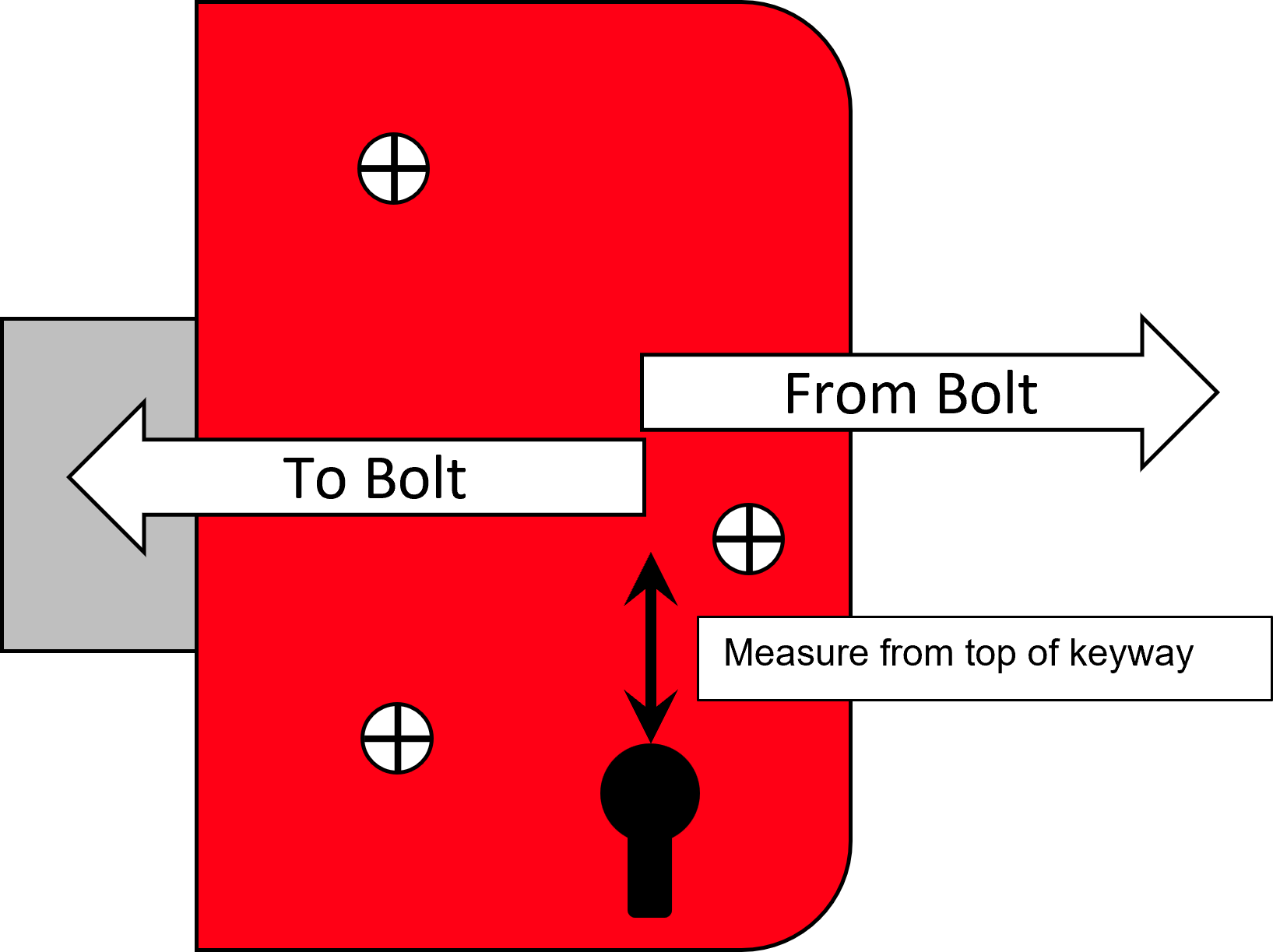
Use the centre of the keyway to measure the To or From distance.
We use to and from rather than left of right in order to take into account left or right mounted options.
Drill and pick measurements typically allow you to also use stump measurements if you are unable to drill and pick. Some locks and mounting combinations only allow for stump methods to be used.
Hardplate Styles
Above
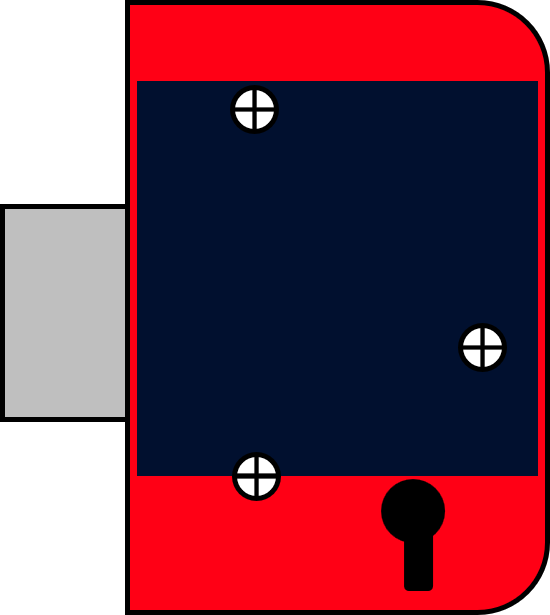
Full

Glove Fit
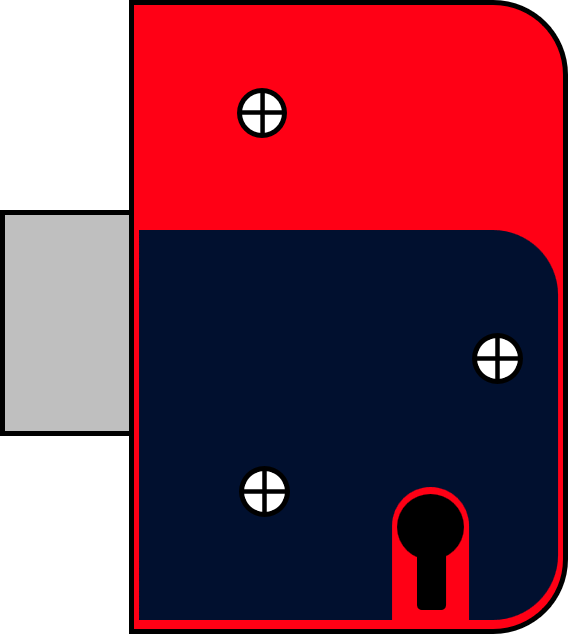
Half
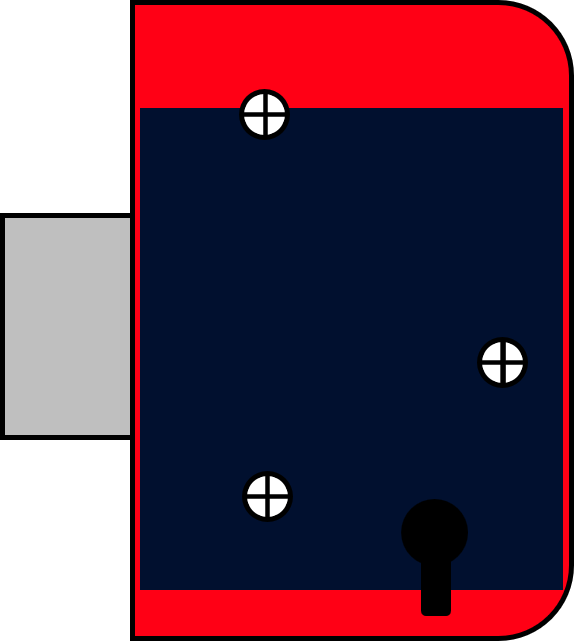
Open Bottom
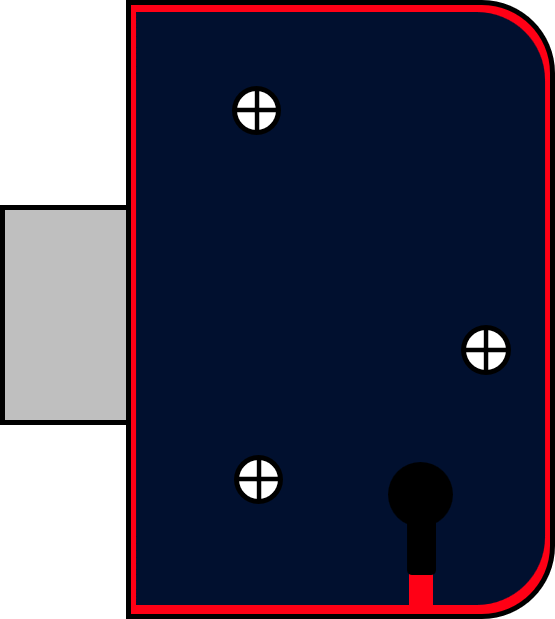
Oval

Semi Circle
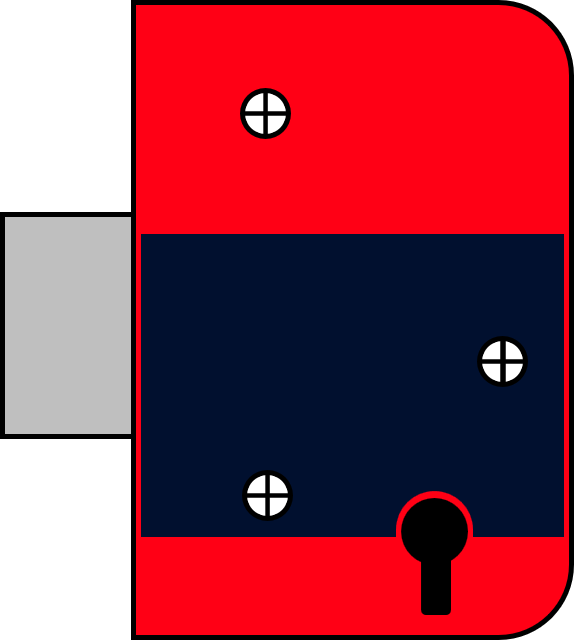
Three Quarters

Engaging the Cam
When picking many of the higher security cylinders, or thumbturn cylinders, it is often nessecery to engage the cam while picking as it can only be engaged correctly at the 12 o'clock position. This means if that you do pick the cylinder without it engaged, it can be very difficult to pickup the cam without resetting.